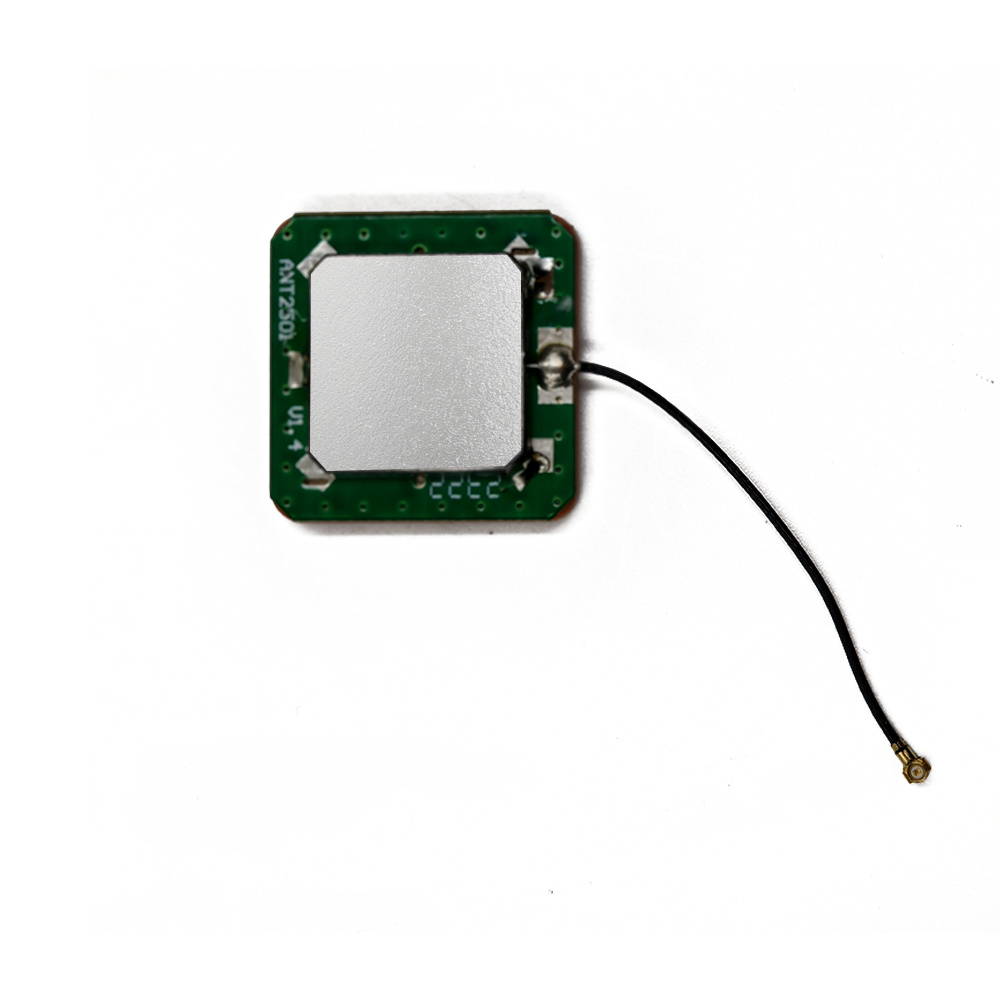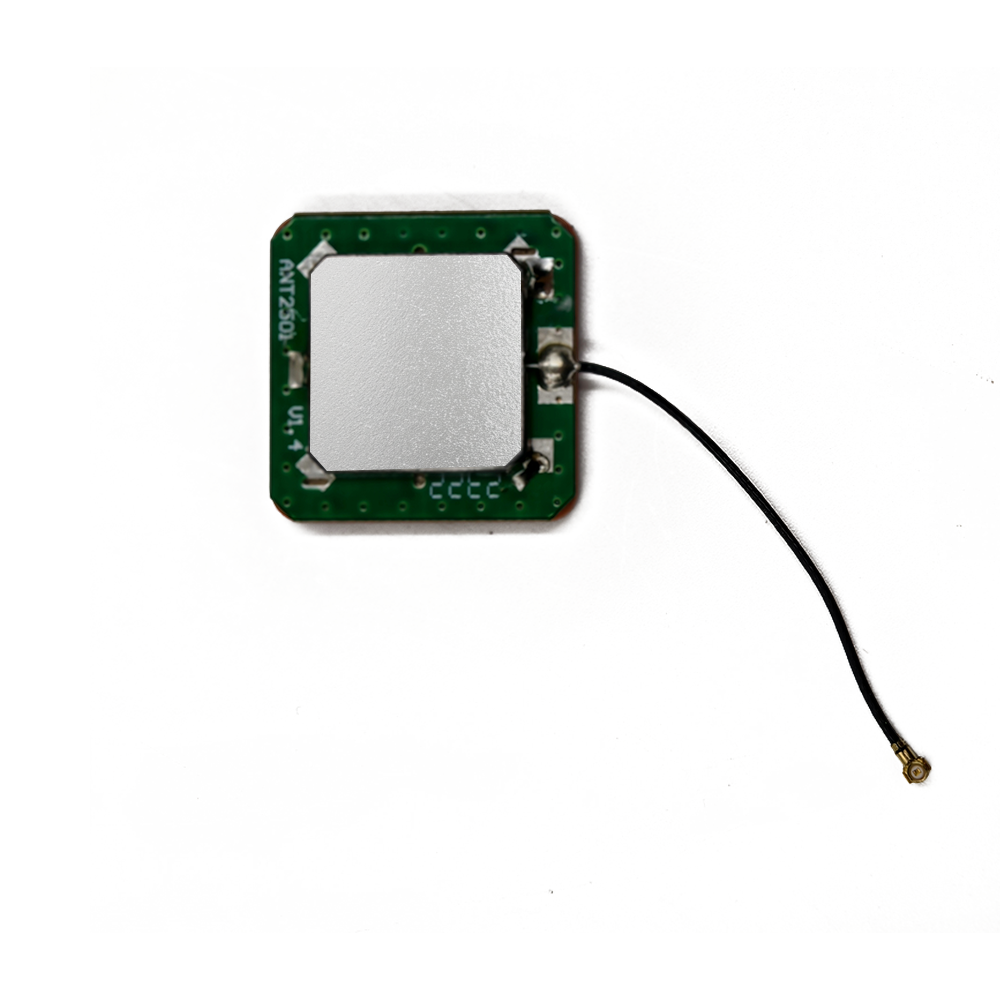Applications
The automotive built-in RTK GPS ceramic antenna has a wide range of applications within the automotive industry. In ADAS, it provides the high-accuracy positioning required for features such as lane departure warning, blind-spot detection, and rear cross-traffic alert. The precise positioning data enables these systems to detect potential hazards more accurately and intervene in a timely manner, enhancing driver safety.
For autonomous driving, the antenna is a critical component. It enables self-driving vehicles to navigate complex road networks, follow traffic rules, and interact safely with other road users. The centimeter-level accuracy is essential for tasks such as precise lane-keeping, accurate positioning at intersections, and safe overtaking maneuvers. It also plays a crucial role in the vehicle's ability to localize itself accurately within a pre-mapped environment, which is fundamental for autonomous navigation.
In vehicle-to-everything (V2X) communication, the antenna facilitates the exchange of information between vehicles, infrastructure, pedestrians, and other entities. Accurate positioning data is essential for V2X applications, such as warning other vehicles of potential hazards ahead, coordinating traffic flow at intersections, and providing real-time traffic information. The automotive built-in RTK GPS ceramic antenna enables vehicles to share their precise location, enhancing the effectiveness of V2X communication and contributing to overall traffic safety and efficiency.
Future Trends
Looking ahead, several future trends are set to shape the development of automotive built-in RTK GPS ceramic antennas. One prominent trend is the integration of multiple satellite navigation systems. In addition to GPS, other global navigation satellite systems (GNSS) such as GLONASS, Galileo, and BeiDou are becoming more prevalent. Future antennas are likely to be designed to receive signals from multiple GNSS simultaneously, providing more accurate and reliable positioning information, especially in challenging environments where satellite visibility may be limited. This multi-GNSS integration will enhance the resilience and performance of automotive positioning systems.
Another trend is the development of more intelligent and self-adaptive RTK systems. The integration of artificial intelligence (AI) and machine learning (ML) algorithms with RTK technology will enable the antenna and the associated navigation system to adapt to changing environmental conditions, predict and mitigate interference, and optimize the positioning process. For example, AI can be used to analyze real-time data from the antenna and other vehicle sensors to make informed decisions about navigation routes and positioning adjustments, improving the overall efficiency and safety of vehicle operation.
The miniaturization of the RTK GPS ceramic antenna is expected to continue. As vehicles become more electrified and autonomous, there is a growing demand for smaller, lighter, and more energy-efficient components. Manufacturers will strive to further reduce the size of these antennas while maintaining or improving their performance, enabling more efficient use of space within the vehicle and potentially reducing production costs.
There is also a growing interest in using RTK technology for indoor and underground navigation. While traditional GPS is mainly for outdoor use, researchers are exploring ways to adapt RTK principles for indoor parking lots, tunnels, and other enclosed environments. Automotive built-in RTK GPS ceramic antennas may play a crucial role in this development, enabling vehicles to navigate accurately in these challenging environments, which is essential for future autonomous parking and urban mobility solutions.
Conclusion
In conclusion, the automotive built-in RTK GPS ceramic antenna represents a significant leap forward in automotive positioning technology, offering high-accuracy, compactness, durability, and excellent integration capabilities. These features have made it an essential component for the development of advanced ADAS and autonomous driving systems, enhancing road safety and driving experiences.
However, the challenges associated with the complexity of the RTK system, interference, environmental factors, and manufacturing consistency must be addressed to further promote its widespread adoption. Continued research and development efforts from both academia and industry are needed to overcome these challenges.
Looking to the future, with the emergence of trends such as multi-GNSS integration, the integration of AI and ML, further miniaturization, and indoor navigation applications, the automotive built-in RTK GPS ceramic antenna is poised to play an even more significant role in the evolution of the automotive industry. As these trends develop, vehicles equipped with these advanced antennas will be able to navigate more safely, efficiently, and autonomously, shaping the future of mobility.




































































 Language
Language
 En
En Cn
Cn Korean
Korean

 Home >
Home > 






 18665803017 (Macro)
18665803017 (Macro)













